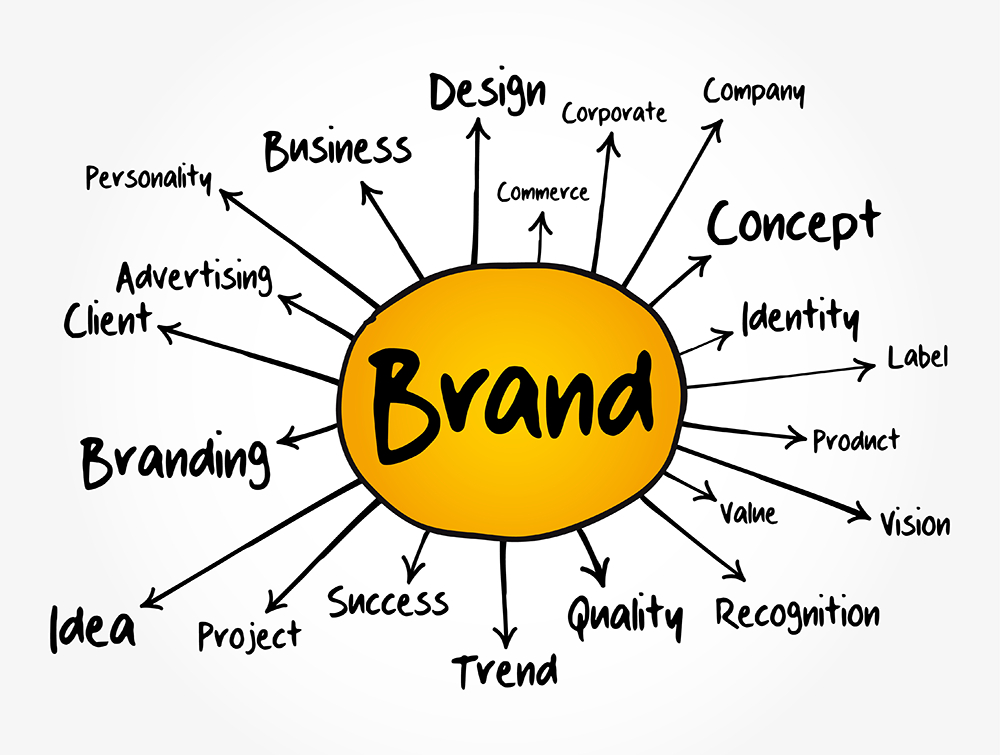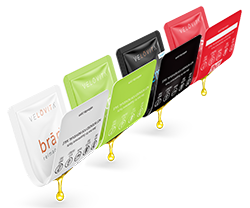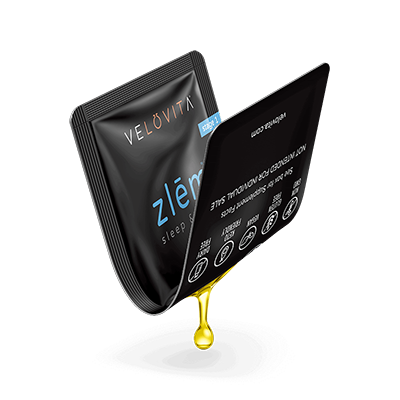What does Consensus Marketing and Branding mean? First of all, what is the meaning of Consensus? It is [ the state of being of one opinion about something ]. Consensus marketing and Branding is a strategy that focuses on leveraging social proof and the power of consensus to influence consumer behavior. It revolves around the idea that people tend to make choices based on the opinions and actions of others, especially when they are uncertain about their decisions. This strategy seeks to create a sense of agreement or popularity around a product, service, or idea to persuade potential customers to take a desired action, such as making a purchase or subscribing to a service.

Consensus Marketing and Branding
Take control of your message and your image. Many businesses and organizations work tirelessly to build a strong business and to be very focused on clients and customers. At the same time you always want to be in control of your image to the market place. Make sure that your image to the market is one that showcases all that you bring to the table and the level of professionalism and expertise that your company brings to every endeavor.
Use ads and branding strategically to drive how the market views you.
Businesses look for opportunities to brand themselves and really set themselves apart. A company anniversary, launches of new products or adding new businesses are examples of these.
When launching these branding efforts, you can really leverage all components of marketing from social media, events and mailings to awards, PR and so much more. You also want to try and find unique angles that are memorable. This gives you extended traction throughout many months and going forward.
Every business has opportunities to announce something new about the business. It may be a new team member, a new product or service or a new location. Use this as another opportunity to market your business and keep your name in front of prospect, clients and customers.
Try to cut through the clutter. Leverage social media and PR by finding other ways to keep your name in front through announcements such as mailings and email blasts.
Key elements and techniques of consensus marketing include:
- Customer Reviews and Testimonials: Featuring positive reviews, testimonials, and endorsements from satisfied customers can help build trust and credibility for a product or service.
- User Ratings and Social Proof: Displaying user ratings, likes, shares, and follower counts on social media platforms can show that a product or brand is popular and trusted by others.
- Social Media Marketing: Using social media platforms to showcase engagement and interactions with your brand, such as the number of likes, comments, and shares, can create a sense of consensus and popularity.
- Limited-Time Offers and Scarcity: Creating a sense of urgency or scarcity by offering limited-time discounts or showcasing low stock levels can encourage people to take action quickly, as they don’t want to miss out on a popular deal.
- Crowdsourced Content: Encouraging user-generated content, such as customer reviews, photos, or videos, can provide authentic evidence of your product’s value and popularity.
- Case Studies and Success Stories: Sharing real-life examples of how your product or service has helped customers achieve their goals can demonstrate its effectiveness and build consensus.
- Community Building: Building online communities or forums around your brand or product can foster a sense of belonging and consensus among customers who share similar interests.
- Referral Programs: Rewarding existing customers for referring friends or family can tap into the power of word-of-mouth marketing, which relies heavily on consensus and trust.
- A/B Testing and Optimization: Continuously testing different marketing strategies and messages to determine what resonates most with your target audience can help refine your consensus marketing efforts over time.
In essence, consensus marketing shows that a product or service is widely accepted, trusted, and endorsed by others. Consensus Marketing is a valuable tool for businesses to build trust and credibility with their audience. This helps create the purchase decision and encourage potential customers to take action.
Here are five engaging examples of consensus marketing:
- Amazon’s Customer Reviews and Ratings: Amazon is a prime example of leveraging customer reviews and ratings as a form of social proof. Mention how Amazon prominently displays user-generated reviews and star ratings on product pages to help shoppers make informed decisions. You can also discuss the impact of positive reviews on sales and consumer trust.
- Coca-Cola’s “Share a Coke” Campaign: Discuss Coca-Cola’s “Share a Coke” campaign, where the brand replaced its logo with common names and encouraged consumers to share photos of personalized Coke bottles on social media. This campaign not only created a sense of personalization but also generated user-generated content and social proof through millions of shared photos.
- TripAdvisor’s Traveler’s Choice Awards: Explain how TripAdvisor uses its annual Traveler’s Choice Awards to highlight the best-rated hotels, restaurants, and attractions based on user reviews. Discuss how this recognition serves as a powerful form of social proof, influencing travelers’ choices when planning their trips.
- Lush Cosmetics’ Charity Pot: Share how Lush Cosmetics promotes its “Charity Pot” product, where the brand donates 100% of the price (minus taxes) to various charitable causes. Emphasize how this commitment to giving back to the community creates a positive brand image and fosters consumer trust, leading to increased sales.
- Apple’s Product Launch Events: Talk about Apple’s product launch events, which often feature live audiences and enthusiastic applause from attendees. These events create a sense of excitement and consensus around Apple’s new products, driving anticipation and demand even before the products hit the market.
Consensus Marketing and Branding can direct the audience toward a purchase point and conversion.
88 % of adults notice ads in the last 60 days, and of those viewers, 78% engaged with the ads by visiting a website, making a purchase, or attending an event.
What Is a Brand or Branding?
A brand, in essence, is a name, symbol, or distinctive marker utilized by businesses to set their products apart from competitors and cultivate a public persona. To marketing experts, a brand signifies a product or business endowed with a unique identity in the eyes of consumers. This identity is forged through the amalgamation of design, packaging, and advertising elements, which collectively distinguish the product from its rivals.
Furthermore, a product contributes to the brand equity of the company that manufactures it. An effectively executed brand bestows significant value upon a company, granting it a competitive advantage within its industry.
A thriving brand effectively conveys a product’s characteristics to the consumer. Elements such as product design, logo, packaging, and advertising messaging work in harmony to communicate the brand’s essence to the consumer.
These brands stand as among a company’s most pivotal and valuable assets. Firms can shield their brands by securing trademarks to safeguard various brand components.
In summary, a brand represents an intangible asset comprising various elements. These elements collaboratively assist consumers in recognizing a product and motivating them to choose it over its competitors. The brand can impart a message, suggesting that the product is superior, user-friendly, more delightful, economical, sophisticated, trendier, or environmentally responsible compared to alternatives.
This challenge becomes particularly pronounced when a product is nearly identical to more affordable competitors. For instance, Advil, a brand name for ibuprofen, leverages compelling advertising and packaging to persuade consumers that its ibuprofen stands as a superior option to cheaper generic versions found alongside it on pharmacy shelves.
Components of a Brand
Logos and slogans constitute essential components of a product’s brand, designed to reinforce its brand identity.
Consider Allstate’s slogan, “You’re in good hands with Allstate,” introduced in the 1950s. It implies that customers can depend on the company’s reliability and competence when they require assistance, and its commercials consistently underscore this message.
Certain slogans, though challenging to translate, nonetheless become ingrained in a brand’s identity. For example, Kellogg Rice Crispies has employed the slogan “Snap! Crackle! Pop!” since the 1930s. This not only suggests that the product adds an enjoyable sound to breakfast but also evokes images of the cheerful elves featured in the cereal’s advertising.

Standing Out Among the Competition
Effective marketing ensures that a company’s brand remains at the forefront of consumers’ minds, particularly during decision-making moments. Consequently, a brand ranks among a company’s most valuable and pivotal assets, influencing both its financial performance and, in the case of publicly traded companies, shareholder value.
In many instances, a company becomes synonymous with its brand. For instance, Coca-Cola, the soft drink, is closely associated with the Coca-Cola brand, even though the company now owns other brands like Schweppes, Dr. Pepper, and Hi-C.
Newer brands face an imperative to swiftly establish themselves with consumers. Research suggests that a product’s website has a mere 0.5 milliseconds to persuade a consumer to stay or leave.
The Historical Evolution of Brands
The concept of branding may trace back to 2000 B.C., when merchants began exploring ways to enhance the effectiveness of their sales. Ancient Babylonian merchants devised sales pitches to attract customers, while craftsmen utilized symbols to mark their products, denoting their origin. Tavern owners also employed attractive signs.
The term “branding” in product marketing likely emerged in the 19th century, with Western cattle ranchers using hot irons to mark livestock with their ranch’s initials or symbols. While initially aimed at deterring cattle rustlers, this practice eventually became associated with product marketing.
Mass marketing through branding gained traction in the 19th century, as sellers sought to differentiate their products from competitors.
When a company aims to shape its public image, it must first define its brand identity—how it wishes to be perceived. A company’s logo reflects its message, slogan, and product. The objective is to make the brand memorable and appealing to the intended consumer base, whether that comprises young individuals, families with children, or affluent retirees.
Firms may collaborate with design agencies or employ logo design software to generate ideas for the visual aspects of their brand, such as the logo. A successful brand effectively conveys the intended message or sentiment, leading to brand awareness—the recognition of the brand’s existence and what it represents.
Once a brand garners positive sentiment among its target audience, the firm is said to have built brand equity. Some firms with significant brand equity and widely recognized product brands include Disney, Coca-Cola, Ferrari, Apple, and Nike.
When executed effectively, a brand not only enhances sales for a particular product but also extends its influence to other products offered by the same company. A strong brand instills trust, and after a positive experience with one product, consumers are more inclined to try other products associated with the same brand. This phenomenon is commonly referred to as brand loyalty.
The Power of Brands in the Modern Era
In the contemporary landscape, a brand represents a product or service with a distinct, instantly recognizable identity that sets it apart within its industry. Consumers associate the product name, label, and packaging with specific attributes such as value, quality, or sophistication.
Consider the example of cough drops, which might seem indistinguishable on the surface. However, when choosing a brand like Ricola, Luden’s, or Beekeeper’s Naturals, consumers are influenced, at least in part, by the brand’s conveyed message.
In conclusion, the term “brand” encompasses more than just logos, slogans, or identifiable marks; it embodies an intangible marketing concept that aids individuals in recognizing and identifying a product and, ideally, selecting it over competing options. Consensus Marketing and Branding shows how different businesses effectively use these strategies to engage their audiences, build trust, and drive consumer actions.
===============
Please visit our Computers & Internet category page for similar information.
===============



